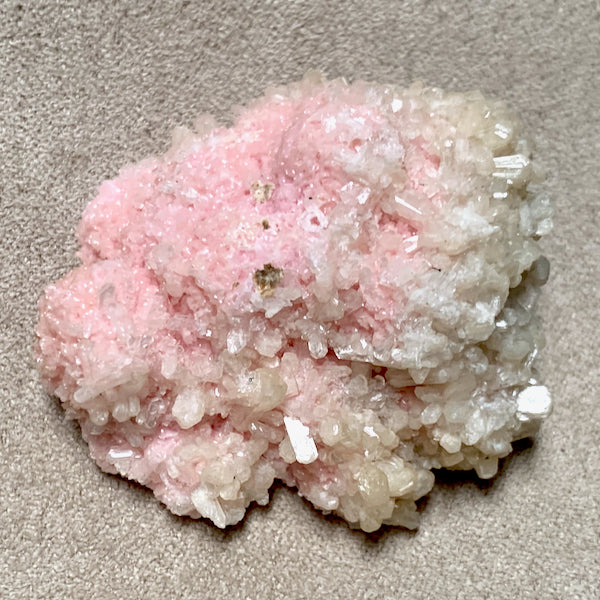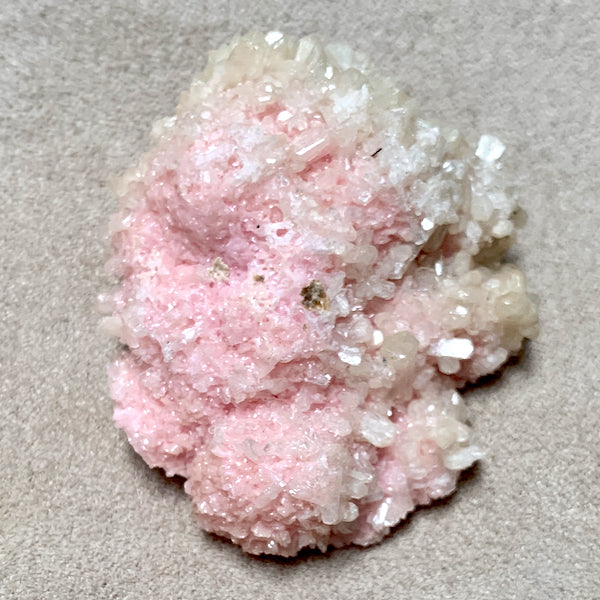Rhodochrosite
Rhodochrosite is the pink manganese analogue of calcite, with formula MnCO3. It is found in hydrothermal deposits, pegmatites, and in some sedimentary environments.
Discover more about rhodochrosite HERE
Rhodochrosite Polished Pebble
- Regular
- $5.00
- Sale
- $5.00
- Regular
-
Sold Out
- Unit Price
- per
Rhodochrosite with quartz, pyrite & sphalerite (Colorado)
- Regular
- $125.00
- Sale
- $125.00
- Regular
-
Sold Out
- Unit Price
- per
Rhodochrosite and Sterling Silver Earrings
- Regular
- $84.00
- Sale
- $84.00
- Regular
-
Sold Out
- Unit Price
- per
Rhodochrosite with Sphalerite (Colorado)
- Regular
- $38.00
- Sale
- $38.00
- Regular
-
Sold Out
- Unit Price
- per
Rhodochrosite with Arsenopyrite (Mexico)
- Regular
- $36.00
- Sale
- $36.00
- Regular
-
$36.00
Sold Out
- Unit Price
- per
Stilbite on Rhodochrosite (Bulgaria)
- Regular
- $120.00
- Sale
- $120.00
- Regular
-
Sold Out
- Unit Price
- per
Rhodochrosite Rough Post Earrings
- Regular
- $15.00
- Sale
- $15.00
- Regular
-
Sold Out
- Unit Price
- per
Showing items 1-7 of 7.














